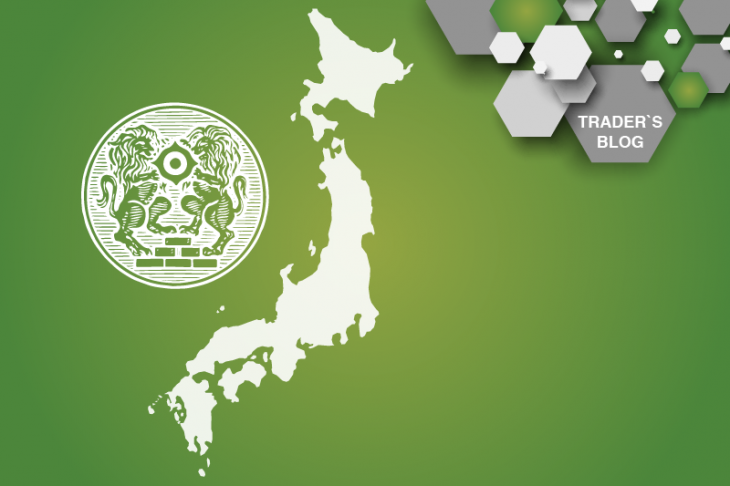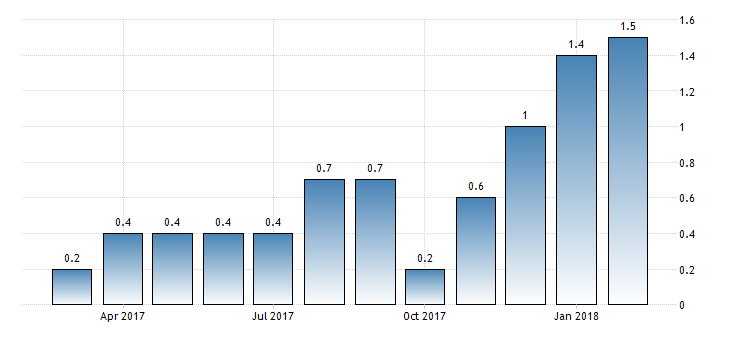
The economy of Japan in the conditions of a long ultra-soft monetary policy.
In this article, we will talk about Japan and the state of its economy based on key economic indicators. The economy of Japan is one of the most developed among the countries of the world and occupies the third place in the world in terms of the overall GDP level, behind such giants as the US and China.
It should be noted that in Japan there is a rather small amount of minerals, but despite this, the country is one of the richest in the world, being a country of exporter. The main export from Japan is: mechanical vehicles, electronics and chemicals. And now let’s go directly to the main economic indicators of the country.
Japan’s economy: GDP
GDP is a key indicator of the health of the economy and its further growth. According to data for 2017, the total GDP of Japan amounted to $ 4 513.75 billion, which is almost $ 1,000,000 billion more than Germany’s GDP, which is the fourth in the ranking of countries in terms of annual GDP and almost four times higher than the volume of Russia’s GDP, which is simply a huge difference when comparing the size of the territories of these two countries. According to recent data, GDP growth rate in Japan was 2%, which is almost the maximum value for the last 3 years.
Fig. 1. Dynamics of changes in GDP growth in annual terms from 2015 to 2018
Japan’s economy: Unemployment rate
The unemployment rate is a key indicator of the social sector and speaks of the general well-being of the population. Speaking of unemployment in Japan, one must understand one simple thing, namely, that it is a country of workaholics. A very large number of Japanese work almost 12 hours a day, or even more, while simply forgetting for years about such a concept as a vacation. Also in many large enterprises there are even rooms for overnight stay, so that workers do not spend too much time on the road. As of early 2018, the unemployment rate in Japan was 2.5%, while almost all of 2018 the indicator was at 2.8%. With such a low level of unemployment, it is very difficult to accelerate the growth rate of inflation due to the labor market, as there is almost no place for maneuver.

Fig. 2. Dynamics of changes in the unemployment rate from March 2017 to February 2018
Japan’s economy: Inflation rate
The rate of inflation in Japan is the main problem of the Japanese economy, since the Japanese yen is under the significant influence of external factors. Judging by the stable growth of Japan’s GDP, there is no doubt in the strength of the economy of this country, against which the problem of inflation is simply in a closed circle. It is the stable economy of Japan that makes the Japanese yen the most popular instrument, which generates additional demand for the country’s currency. According to the latest data, the inflation rate in Japan is 1.5%, which is the highest value in the last 12 months.

Fig. 3. Dynamics of changes in the level of inflation from March 2017 to February 2018
Conclusion
It is worth noting that the Japanese economy, despite the rather low inflation growth rate, maintains good growth rates, thus rightfully occupying the third step in the ranking of the countries with the strongest economy. It should be noted that the current growth rates is achieved due to the ultra-soft monetary policy, according to which the Bank of Japan’s discount rate is -0.1%. Due to external factors, the current monetary policy of the Bank of Japan will continue for a very long time and the main influence on the Japanese yen, on the part of the Japanese regulators, will be provided by verbal interventions.
Alexander Sivtsov
